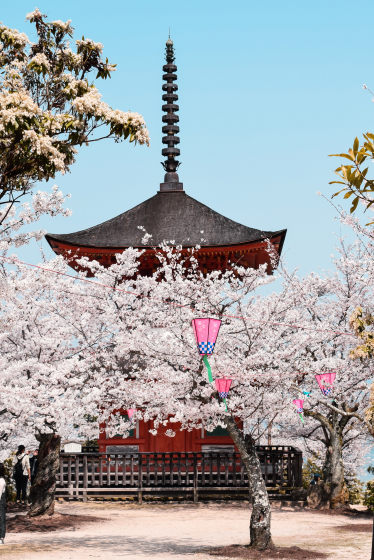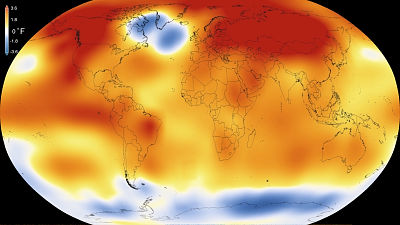The cherry blossoms in Kyoto are talked about as having reached the fastest flowering in the past 1200 years

Information on the blooming of cherry blossoms in Kyoto has remained since 812 AD, and is seen as an indicator of climate change. Meanwhile, 2021 has become a hot topic overseas as the cherry blossoms were in full bloom the earliest in the past 1200 years.
Japan's Kyoto cherry blossoms peak on earliest date in 1,200 years --The Washington Post
The Earliest Cherry Blossom Season in 1,200 Years Is Here Due to Climate Change
https://www.sciencealert.com/japan-s-cherry-blossoms-burst-into-color-sooner-than-they-have-in-1-200-years
On March 26, 2021, the Kyoto Local Meteorological Observatory announced that it had observed the cherry blossoms (Yoshino cherry tree) in full bloom. The cherry blossoms in Kyoto are said to be in full bloom on April 5, and 2021 was in full bloom 10 days earlier.
Kyoto Local Meteorological Observatory
https://www.jma-net.go.jp/kyoto/2_data/seibutsu/index.html
The following is a Twitter post on March 25th, but you can see that the cherry blossoms are in full bloom at Daigoji Temple in Kyoto.
Daigoji Temple
— Japan_Wanohajime (@CultureKyoto) March 24, 2021
Daigoji Temple in Kyoto
Cherry blossoms are in full bloom.
I'm grateful to be able to see ???? pic.twitter.com/XaYvodhwJT
The flowering of cherry blossoms in Kyoto has been recorded since 812 AD, and the fastest record so far was March 27, 1409. In other words, 2021 is the earliest in full bloom in the last 1200 years.
It has been pointed out that the cherry blossoms are blooming rapidly. Below is a graph of the flowering time from the 800s to the 2000s. The horizontal axis shows the age and the vertical axis shows the number of days that have passed since the New Year, and it can be seen that the flowering time has changed rapidly since the beginning of the 1900s.
Cherry blossom hockey stick. Deserves to be better known. H / t glaciologist DR Macayeal. Data: https://t.co/LBAWd6ZCG6 pic.twitter.com/VxEnRKIhnV
— Eric Steig ???????????????? (@ericsteig) October 15, 2016
According to the graph above, the average flowering date in 1850 was around April 17, but at the time of writing the article, it was April 5. About two weeks earlier, the average temperature in Kyoto rose 3.4 degrees during this time.
Many studies recording climate change over the last 1000-2000 states that 'a relatively stable climate continued until the mid-1800s, followed by rapid warming.' The Washington Post pointed out that the graph showing the time of cherry blossoms is consistent with these climate change reports.
'Evidence such as cherry blossoms is one of the historical'surrogate measurements' that scientists can use to'restore'the climate of the past,' said Michael Mann, a climate scientist at Penn State University. That's it. ' 'This time, this surrogate measurement tells us that the anthropogenic global warming we face has reached an unprecedented level in the last 1000 years, as quantitative and long-term climate change has already shown. He has given me, 'Mr. Mann said.

There is also concern that early flowering will have a significant impact on fruit crops. Early flowering may result in inconsistent flowering with honeybee activity, which may affect the ecosystem in both ways: fruit trees cannot bear fruit and honeybees cannot secure food.
The cherry blossom data from 812 AD is published below by Mr. Yasuyuki Aono of Osaka Prefectural University.
Cherry blossom phenology and temperature reconstructions at Kyoto | Eco-Meteorology Research Group
http://atmenv.envi.osakafu-u.ac.jp/aono/kyophenotemp4/
Related Posts:







